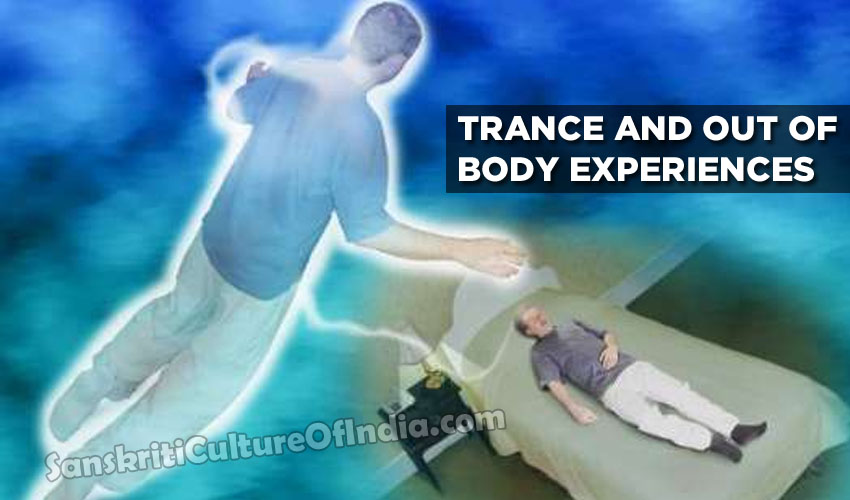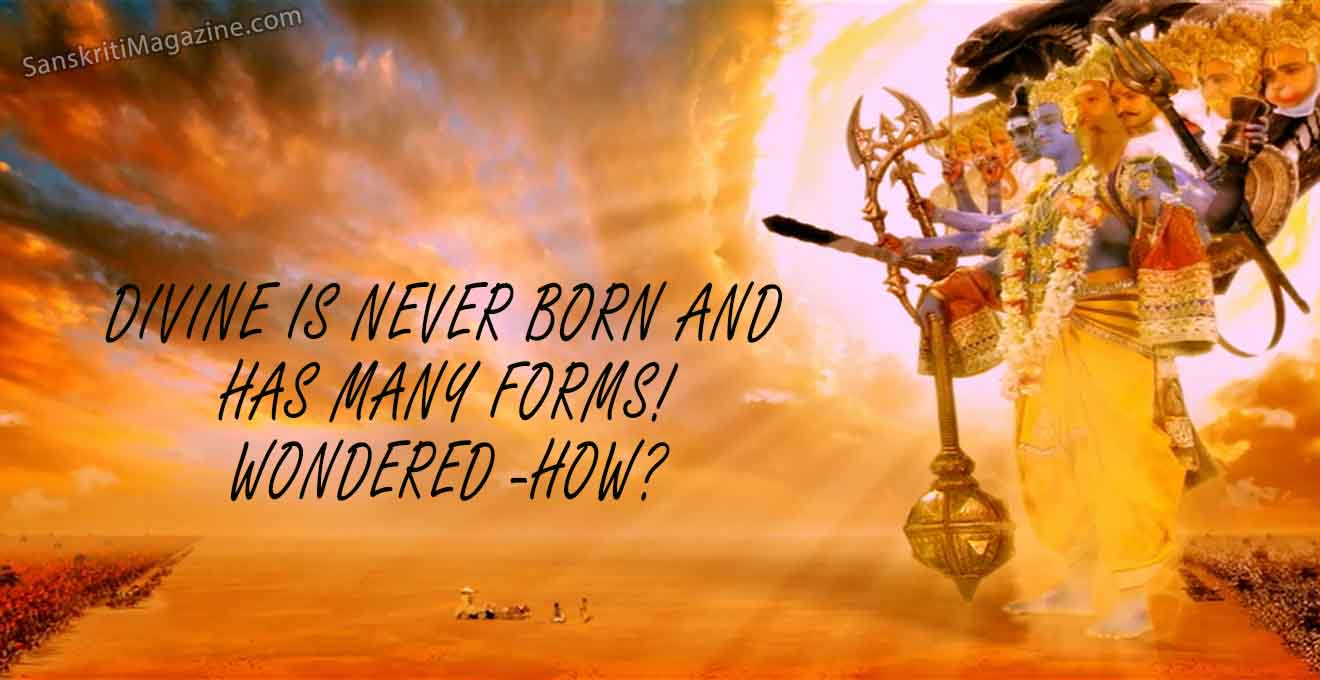Socrates, the great philosopher, was known for entering spontaneous cataleptic trances, in which, as he had once explained, he was absorbed by “contemplation of his inner psyche.” Psychoanalysts use an umbrella term for this phenomenon and that is called Altered States of Consciousness, and the occurrence is sometimes equated with self-hypnosis.
There is a very interesting account of Socrates’ contemplation of his inner psyche in Plato’s Symposium where he describes Socrates “frozen in deep meditation en route to a drinking party.” Socrates leaves the host Agathon, and the other attendees at the party, waiting. When a slave is sent to inquire about Socrates’ absenteeism, he returns and reports:
Socrates is here, but he’s gone off to the neighbour’s porch. He’s standing there and won’t come in even though I called him several times.
Trance is another term used for this phenomenon and is said to be experienced often by people of high spiritual elevation, who leave their bodies for a moment and enter a different realm altogether. Indian yogis, hermits and people who have established a command over their subconscious and developed high levels of concentration have been heard of entering trance from time to time. People who make prophecies are also said to be doing so during the phases when they enter trance.
Trance leads to a condition of altered consciousness which is accompanied by an absence of awareness of physical surroundings. When a man is in trance, you see him there, but in reality he is not. It is just the presence of a body you feel, which has entered into an altered consciousness that you don’t. This is what happens in samadhi, in which whole of the body consciousness is lost. Samadhi is the state of true yoga, in which the meditator and the object of meditation are one. During samadhi all energies from various chakras of the body are drawn up the spine into the sahasrara chakra, which lies at the crown of the head.
Kundalini Energy Projection
According to Vedas when kundalini is united with Lord Siva at the sahasrara Chakra, one who executes the union enjoys the Supreme Bliss.
Kundalini is a plexus, a reservoir of psychic energy situated at the base of the spine. Considered as the Energy of the Divine, it binds us when we project its energy into the world and yet, it liberates us when we return this energy to its divine origin.
Experiencing trance is in itself a divine feeling, but at the same time, it is very difficult for everyone to experience it, unless mastered through Vedic practices of meditation, yoga and spiritualism. Trance can be both voluntary and involuntary, but in both the effect is the same – disassociation of the soul from the body, and temporary detachment from everything related to body. It is neither the state of wakefulness nor that of the sleep. It is an intermediate state of being.
Most of us experience trance, albeit inadvertently, when we are absent-minded – probably absorbed in something but not passing through a cluttered phase of thinking. Children are said to be in brief state of trance (which is, in fact, high level of concentration) when they leave you unresponded (say, while watching television, playing a video game or simply solving a puzzle) if you call them.
Trance as a mental phenomenon has been studied experimentally too and is being considered as important in the way that it can provide meaningful insights into areas where we are stuck in our process in the mind-body medicine and/or simply “Out of Body Experiences.” A researcher has hypothesized that “stepping out of the body by will” can be performed in three different states:
- in trance
- in the “half sleep state” – a moment before falling asleep
- in lucidity or the state of false awakening
Since various prophecies have been made during entranced phases by great seers and spiritual men, a lot of neuropsychological research has gone into these “visions” who have made the oft-quoted “visionaries.”
In 1744, 56-yr.-old scientist Emanuel Swedenborg underwent a transformative event that could be characterized as convulsive by any Western medical investigative procedure. But he subsequently became a visionary and spent the remaining 28 years of his life exploring the spirit world and describing his experiences in an extensive body of writings.
Swedenborg’s writings have formed the basis of a church that remains active to this day. His futurist experiences can be explained as an instance of neuropsychological symptomatology, under the shaping control of a powerful intellect, contributing to the formation of an historically significant religious movement. Neuroscientists have proposed the term neuropathography for a new genre of neuropsychological case study in which the emphasis on brain-related symptomatology is balanced by attention to autobiographical and broad cultural factors. The work in this field is going on and when enchanted East meets analytical West in more years to come, a new vision may emerge on this trances.
~ Dr. Sanjay Parva











